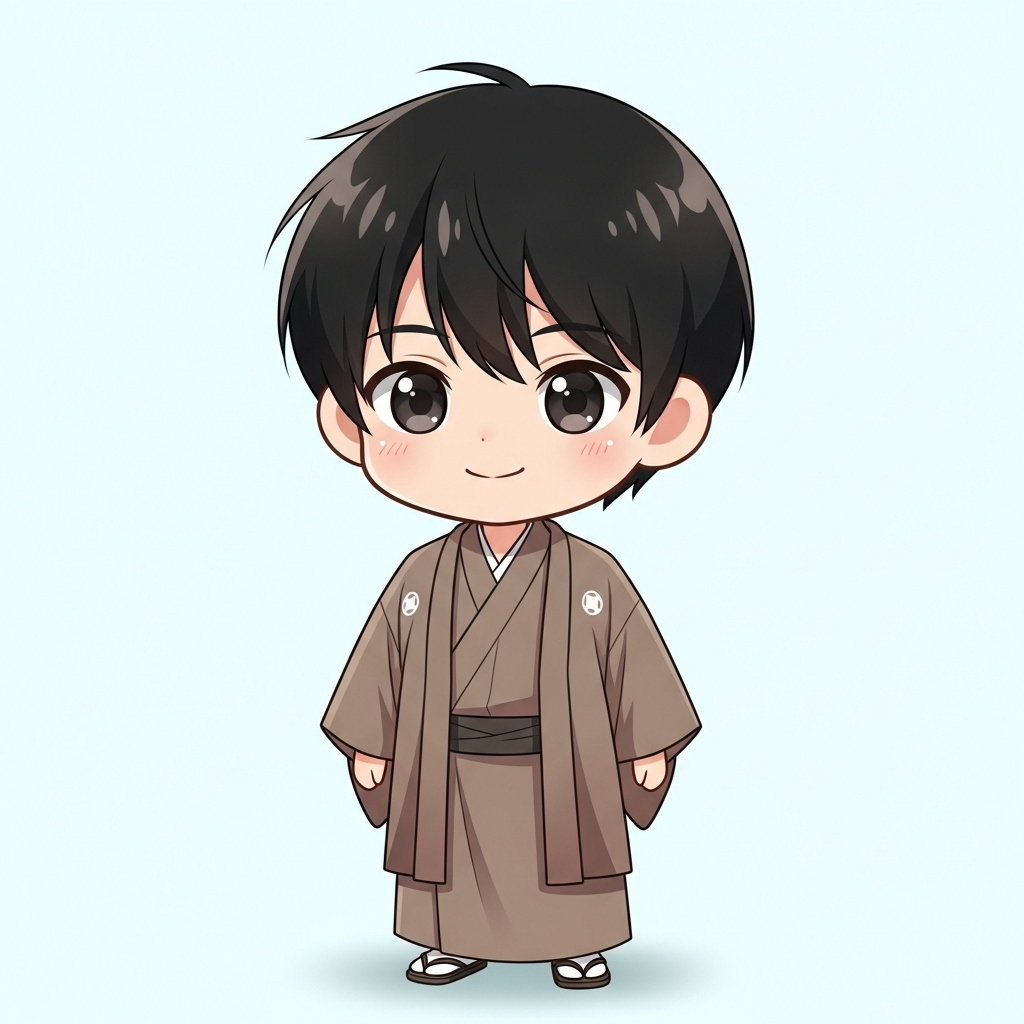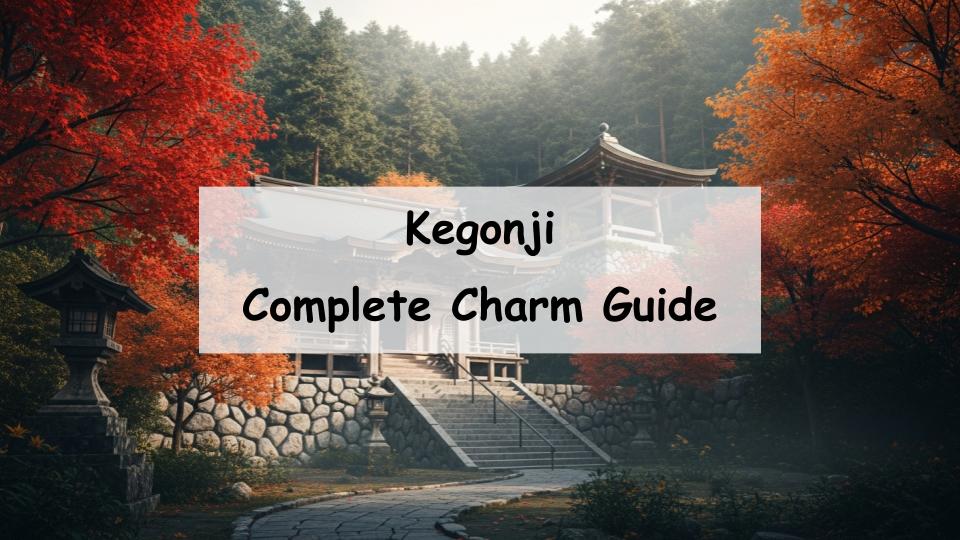Are you curious about the historic temple “Kegon-ji” but unsure of what makes it special, what to see, or how to get there?
Kegon-ji is a temple filled with natural beauty, spiritual richness, and countless attractions such as its peaceful grounds and meaningful goshuin (temple stamps).
In this article, we’ll guide you through everything you need to know about Kegon-ji—from its historical significance and key features to its must-see spots and detailed access information. Whether you’re a first-time visitor or a returning pilgrim, you’ll be fully prepared to explore and appreciate all that Kegon-ji has to offer.
What Is Kegon-ji? History and Basic Information
Origins and Historical Background
Kegon-ji, located in Ibigawa Town, Gifu Prefecture, is a revered temple with a history spanning over 1,300 years. It is said to have been founded by the famous monk Gyoki during the Nara period. Despite facing several natural disasters and periods of decline, the temple has endured through the ages thanks to the dedication of local communities. Today, Kegon-ji stands not only as a place of worship but also as a cultural treasure.
Sect, Principal Deity, and Temple Details
Kegon-ji belongs to the Tendai sect of Buddhism, and its principal deity is the Eleven-Faced Kannon Bodhisattva, known for compassion and salvation. The temple’s teachings are rooted in the Avatamsaka Sutra (Kegon-kyo), which emphasizes the interconnectedness of all things—a concept reflected in the temple’s name and philosophy.
Kegon-ji and the Saigoku Kannon Pilgrimage
Kegon-ji is the 33rd and final temple of the Saigoku Kannon Pilgrimage, one of Japan’s oldest and most sacred pilgrimage routes. As the concluding temple of this spiritual journey, Kegon-ji holds deep significance for pilgrims. The atmosphere here is filled with gratitude and reflection, making it a truly meaningful destination.
Highlights and Attractions of Kegon-ji
Harmony with Nature: A Temple Among the Mountains
Nestled along a forested hillside, Kegon-ji’s temple grounds seamlessly blend with their natural surroundings. The stone steps and wooded pathways leading to the main hall create a serene and meditative experience. Visitors often find that the peaceful environment alone makes the journey worthwhile.
Notable Architecture and Statues
Kegon-ji features several impressive structures, including its main hall, bell tower, and Kannon hall. The main hall, a designated Important Cultural Property, showcases the craftsmanship of bygone eras. The Eleven-Faced Kannon statue housed within is especially revered and well worth a visit.
Enjoying the Temple Through the Seasons
Cherry Blossoms in Spring
During spring, cherry blossoms bloom throughout the temple grounds and along the approach path. Due to the temple’s elevation, blossoms appear slightly later than in nearby towns, offering a more peaceful and less crowded flower-viewing experience.
Vibrant Autumn Leaves
Autumn transforms Kegon-ji into a canvas of red and gold. The contrast between the vibrant leaves and ancient temple architecture provides a breathtaking view. The best time to visit is from mid to late November.
Serene Winter Landscapes
In winter, light snow covers the temple in a calm, ethereal white. With fewer visitors around, it’s the perfect season to reflect and connect spiritually in silence and solitude.
Spiritual and Cultural Experiences at Kegon-ji
The Beauty of Goshuin (Temple Stamps)
Kegon-ji’s goshuin are popular among pilgrims, particularly because they signify the completion of the Saigoku Kannon Pilgrimage. Each hand-brushed stamp carries deep meaning, and some are even available in seasonal variations—giving visitors a reason to return throughout the year.
Meditation and Sutra Copying Experiences
The temple offers opportunities to participate in meditation and sutra copying. These guided sessions are beginner-friendly and provide a chance to quietly engage with Buddhist teachings. In today’s fast-paced world, such moments of stillness are increasingly valuable.
Proper Etiquette When Visiting
Visitors should be mindful of basic temple etiquette—keeping quiet, respecting signage, and following rules about photography. Since the approach and temple grounds involve uneven steps and paths, comfortable footwear is recommended.
How to Get to Kegon-ji
By Train or Bus
From JR Ogaki Station or Kintetsu Ibi Station, visitors can transfer to local trains and buses toward the “Tanigumi-san” stop. From there, the temple is just a short walk away. Clear signage makes the route easy to navigate even for first-timers.
By Car and Parking Information
Drivers can access Kegon-ji via the Tokai-Kanjo Expressway, using either the Ono-Kobe or Sekigahara interchanges. Several parking lots, both free and paid, are available near the temple, and even during peak seasons, parking is generally manageable.
Combine Your Visit with Nearby Attractions
While visiting Kegon-ji, you can also enjoy local attractions such as Tanigumi Onsen or the nearby Michi-no-Eki “Hoshi no Furusato Fujihashi” roadside station. Plan a day trip to soak in the area’s natural and cultural offerings.
Local Sights and Food Around Kegon-ji
Must-See Attractions Nearby
Around Kegon-ji, you’ll find the Tanigumi Cultural History Museum and the traditional streets of Tanigumi town. These sites offer insight into the area’s history and allow for a relaxing stroll through preserved local scenery.
Local Cuisine and Souvenirs
The temple’s entrance area features shops and eateries offering local delicacies like gohei-mochi (sweet rice cakes) and handmade soba noodles. Souvenirs include locally grown produce and charming hand-crafted treats that capture the spirit of the region.
Conclusion: Fully Enjoy the Wonders of Kegon-ji
Tips for First-Time Visitors
If you’re visiting Kegon-ji for the first time, be sure to give yourself enough time to explore the area. The peaceful atmosphere, rich history, and natural beauty are best appreciated at a relaxed pace. Checking opening hours and seasonal events in advance can help you make the most of your trip.
Why You’ll Want to Return
Kegon-ji offers new experiences with every season—whether it’s blooming sakura, vivid autumn leaves, or a snowy temple landscape. Its timeless serenity, deep spiritual significance, and ever-changing natural beauty make it a place you’ll want to visit again and again.
A Message from the Guide

Kegon-ji was a tranquil place that brought peace to my heart.












Comment